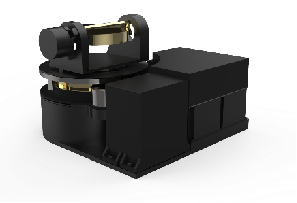新闻
2025年04月24日
查看详情

2024年05月26日
查看详情

2024年05月12日
查看详情

国际会议

原文链接

查看详情


原文链接

查看详情


原文链接

查看详情


原文链接

查看详情

成果物
成果介绍
技术文章
白皮书
标准工作
点击播放

点击播放

点击播放


原文链接

查看详情


原文链接

查看详情


原文链接

查看详情


原文链接

查看详情













